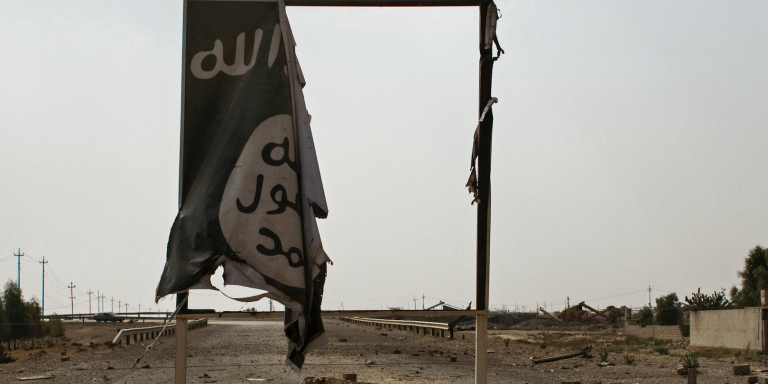INTELBRIEF
February 13, 2018
TSC IntelBrief: Despite Major Economic Losses, Islamic State Still a Threat

- While the Islamic State has far less money today than it did three years ago, the group also requires far less money to operate.
- As the group lost its territorial holdings and thousands of fighters, it also lost the urgent requirement to finance its sprawling bureaucracy.
- According to Forbes, the Islamic State has seen its revenues tumble from $3 billion in 2014 to $200 million in 2017.
- The outsourced nature of the group’s propaganda and inspired attacks are essentially cost-free and generators of additional publicity.
In 2014 and 2015, the so-called Islamic State was not just the richest terrorist group at the time—it was the richest terrorist group in history—with an estimated annual revenue, according to Forbes Magazine, at perhaps $3 billion dollars. The incredible sums of money came from many sources: the group controlled oil wells in Syria and Iraq; it looted banks in Mosul; it collected taxes, tolls, and ransoms on a scale unmatched by other groups. While groups such as Hizbollah, the FARC, and the Taliban have made hundreds of millions through illicit activities, the scale of the Islamic State’s territorial and economic gains, that included major urban and economic centers, was unprecedented.
The anti-Islamic State campaign that began in earnest once the group took Mosul in June 2014 always had a significant financial component to it; the group’s money was as important as its ideology when it came to the day-to-day governance of its proto-state. Yet because the group was so immersed in the local economies, a strategy of destroying the group’s sources of revenue would harm the very people the coalition was trying to help. Removing the Islamic State from the economy, instead of removing the economy from the Islamic State, would mean the group had to be physically and militarily removed. As the group was squeezed into a smaller area, its finances shrunk in relation.
In a January 24 article, Forbes Magazine estimated the group to have a yearly revenue of perhaps $200 million in 2017, down from an estimated $3 billion in 2014 and 2015. This decline is a true accomplishment for all partners in the anti-Islamic State coalition. Still, of concern is that a decline in the group’s finances will not necessarily mean a decline in the external threat the group poses internationally. It is true that the group is less able to fund a sprawling bureaucracy in Iraq and Syria, and that this will likely limit its appeal to a degree as it will be unable to pay salaries and upkeep to its members. But with less need to fund a proto-state and standing army, the stateless Islamic State can also prioritize external attacks that will create the chaos, destruction, and publicity the group needs at a fraction of the cost of maintaining and governing territory.
The cost of external operations is minimal, even considering the group’s newly restricted budget. For example, the cost of the 2015 Paris Attacks ran in the tens of thousands of dollars—a figure still well within the group’s financial reach. Additionally, the outsourced nature of the group’s messaging and inspired attacks—even the ones which end up showing some level of communication with actual Islamic State members—do not cost the group much money. Consequently, this external threat will persist for the foreseeable future regardless of the group’s finances.
For tailored research and analysis, please contact: info@thesoufancenter.org
[video width="960" height="540" mp4="https://thesoufancenter.org/wp-content/uploads/2018/02/Final-Edit-1-130.mp4" poster="https://thesoufancenter.org/wp-content/uploads/2018/02/Screen-Shot-2018-02-13-at-09.06.37.png"][/video]